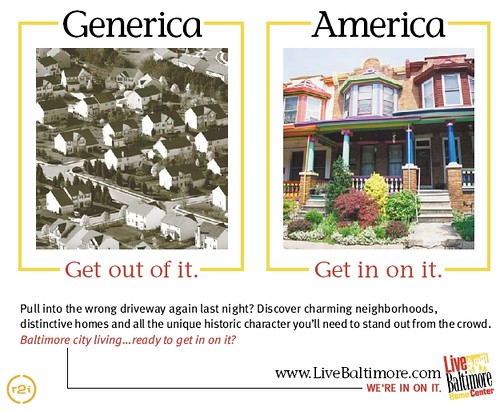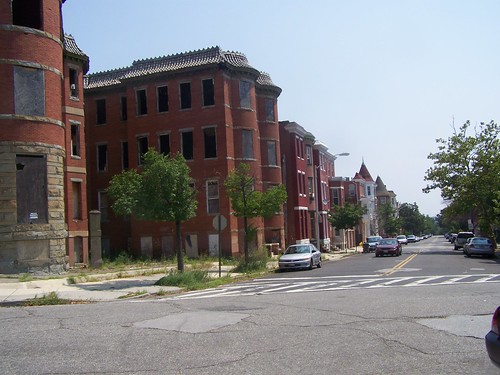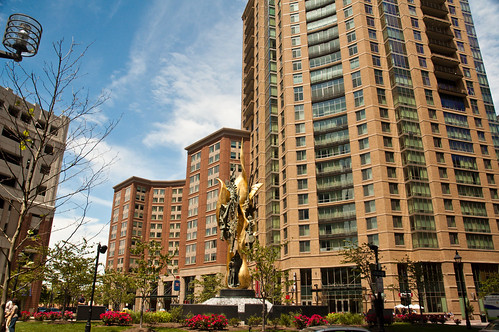Oakland California: revitalization through escalating property prices in San Francisco
The Sacramento Bee has a travel story on Oakland, "Time to update that mental image of Oakland – it's way more hip now." From the article:
... in several pockets of Oakland's vast urban landscape. Gentrification and renewal, those two politically charged terms of civic engagement, have transformed several neighborhoods from ramshackle to retro chic in dizzying fashion.
Art, music, fine dining and trendy shopping have sprouted like so many roses in what once was considered a weed-choked vacant lot of a city.
In the past decade, people with money and a creative bent have migrated out of high-rent San Francisco and brought their upscale aesthetic and discriminating palates to once-working-class Oakland sectors like Temescal and Grand Lake. Even blighted downtown areas like the Uptown neighborhood now teem with hip bars, trendy art galleries, food-truck culture and top entertainment at the gussied-up Paramount and Fox theaters.
Yet, Oakland still has trouble shaking off its bad reputation, mainly because much of it remains valid. Crime and unemployment continue to run rampant, and the violence stemming from the Occupy Oakland movement's activities in the past year thrust it back in the national headlines.

When DC's housing market was escalating, Live Baltimore, the city's resident attraction program, had a strong marketing effort in DC, making the point that you can get a lot of house for a lot less money in Baltimore, and still be close to DC.
I have wondered why this hasn't happened in Baltimore more, vis-a-vis DC, except that driving stinks, and you have to live and work in the right places for railroad transportation between the cities to be reasonably efficient.
Plus, in the greater Washington metropolitan area you still have lots of lower cost options, including Prince George's County, and the Route 1 corridor there specifically.
Still, Baltimore has a very good example of a national best practice resident attraction program called Live Baltimore and Mayor Rawlings-Blake has made attracting new residents a priority ("The mayor's goal: Bring 10,000 new families to Baltimore in a decade" from the Baltimore Sun).
Although Baltimore has the critical mass problem too. Lots of new development is happening in the Harbor East district, and because there isn't enough demand to fill the vacant properties elsewhere in the city, it's merely displacing residential attraction to different areas of the city--although you can argue that new residents to Harbor East are likely to prefer newer construction and would not likely be attracted to older building stock in other neighborhoods.

Top photo: Reservoir Hill neighborhood, Baltimore. Bottom photo: new construction in Harbor East. Flickr photo by Home Artist.

Labels: housing market, multi-unit housing, neighborhood revitalization, urban revitalization



0 Comments:
Post a Comment
<< Home